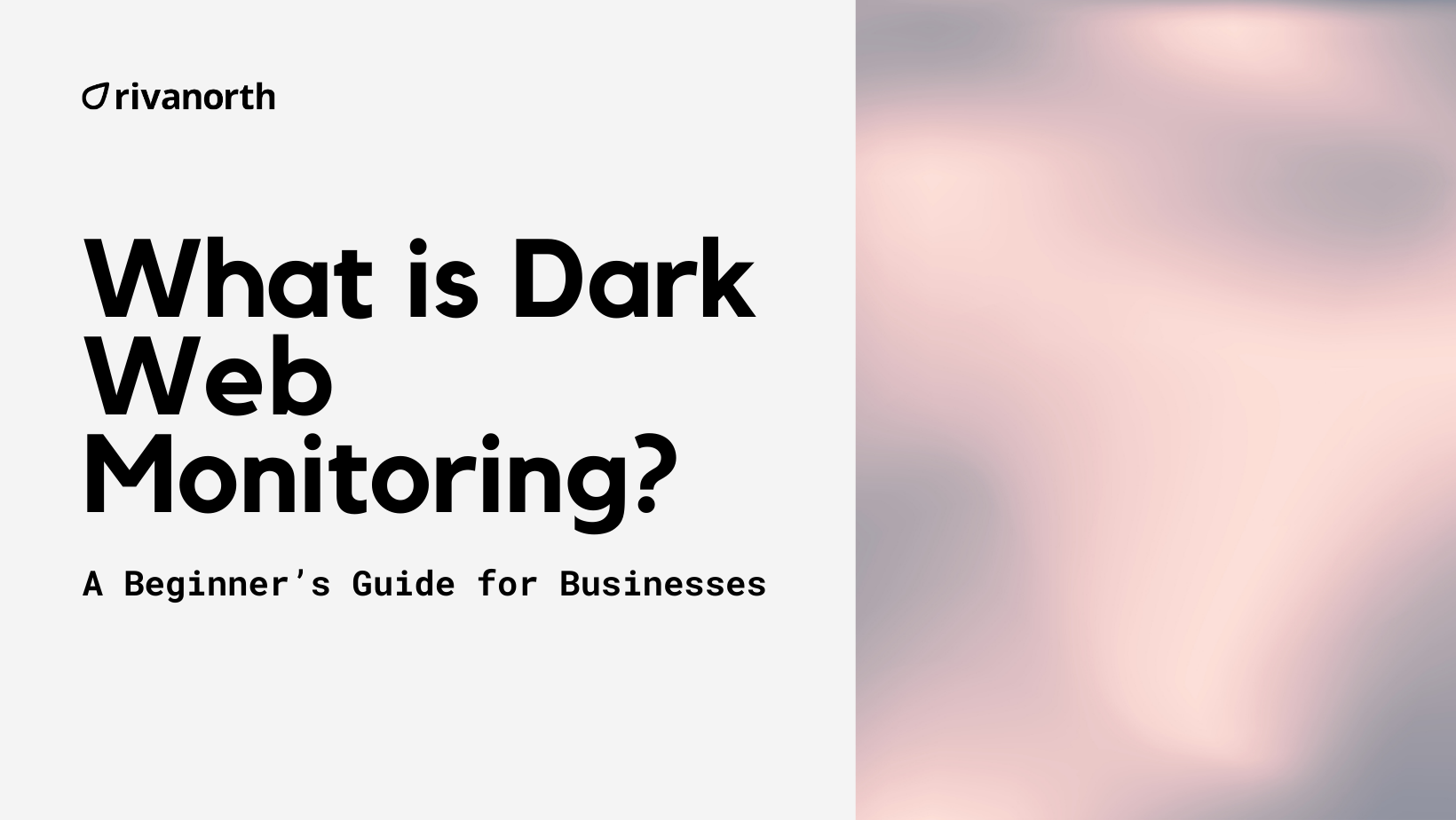What Is Dark Web Monitoring? A Beginner’s Guide for Businesses
Read Time 3 mins | 04 February 2025

Introduction
In today’s digital landscape, cyber threats are growing more sophisticated, and the dark web has become a hub for illicit activities, including the sale of stolen data. For businesses, the risk of sensitive information ending up on the dark web is a serious concern. This is where dark web monitoring comes into play. In this guide, we’ll explore what dark web monitoring is, why it’s essential, and how businesses can leverage it to enhance cybersecurity.
What Is Dark Web Monitoring?
Dark web monitoring involves scanning and tracking hidden parts of the internet—known as the dark web—to identify if your business’s sensitive data, such as login credentials, customer information, or intellectual property, is being traded or exposed. Unlike traditional web monitoring, which focuses on publicly available content, dark web monitoring uses specialised tools to access encrypted websites and marketplaces that are not indexed by standard search engines.
Key Features of Dark Web Monitoring:
- Data Breach Detection: Identifies compromised data such as emails, passwords, or financial details.
- Real-Time Alerts: Notifies businesses as soon as threats are detected.
- Threat Intelligence: Provides insights into potential risks before they escalate.
- Customised Monitoring: Focuses on your specific assets, such as domains, IP addresses, or proprietary information.
Why Is Dark Web Monitoring Important?
1. Early Threat Detection
By identifying leaked data early, businesses can mitigate risks before they escalate into major breaches or financial losses.
2. Protecting Brand Reputation
A data breach or exposure on the dark web can damage customer trust and tarnish your reputation. Monitoring helps you act swiftly to protect your image.
3. Compliance with Regulations
Many industries, such as finance and healthcare, require proactive measures to secure data and comply with regulations like the Australian Privacy Act or GDPR. Dark web monitoring supports these compliance efforts.
4. Reducing Financial Impact
The cost of a data breach can be significant. By detecting threats early, you reduce the likelihood of fines, legal costs, and revenue losses.
How Does Dark Web Monitoring Work?
Dark web monitoring typically follows these steps:
- Data Asset Identification: Identifying which assets (e.g., email domains, employee credentials, customer data) need to be monitored is a critical first step in dark web monitoring. This ensures that any exposure of sensitive information can be quickly detected and addressed.
- Scanning the Dark Web: Specialised tools and services search encrypted websites, forums, and marketplaces for matches to your assets.
- Real-Time Alerts: Receive notifications when your data appears on the dark web.
- Analysis and Reporting: Review detailed reports to understand the nature of the threat.
- Remediation: Take steps to address vulnerabilities, such as updating passwords, informing stakeholders, or implementing security patches.
Who Needs Dark Web Monitoring?
Industries at Risk:
- Healthcare: Medical records are highly valuable on the dark web.
- Finance: Banking details and credit card numbers are frequent targets.
- E-Commerce: Retailers store customer payment information that hackers seek.
- Education: Universities manage sensitive student and research data.
Business Sizes:
Dark web monitoring isn’t just for large corporations. Small and medium-sized businesses are often targeted because they may have weaker security measures.
How Can Your Business Get Started with Dark Web Monitoring?
- Assess Your Risks: Identify what data your business handles and which assets are most critical.
- Choose the Right Tools: Select a reliable dark web monitoring service, such as Oko by Rivanorth, that provides comprehensive coverage and real-time alerts.
- Integrate Monitoring with Security Practices: Combine dark web monitoring with other cybersecurity measures, such as penetration testing and employee training.
- Act on Alerts: Develop an incident response plan to address potential threats quickly and effectively.
Conclusion
Dark web monitoring is an essential component of modern cybersecurity for businesses of all sizes. By proactively scanning the dark web for exposed data, you can protect your brand, comply with regulations, and reduce the impact of potential breaches.
Get ahead of cyber threats with Oko, the AI driven Dark Web monitoring and cybercrime protection solution. Request a Free Dark Web Security Assessment (DWSA) today and take the first step toward safeguarding your business from the hidden dangers of the dark web.
Join Our Newsletter